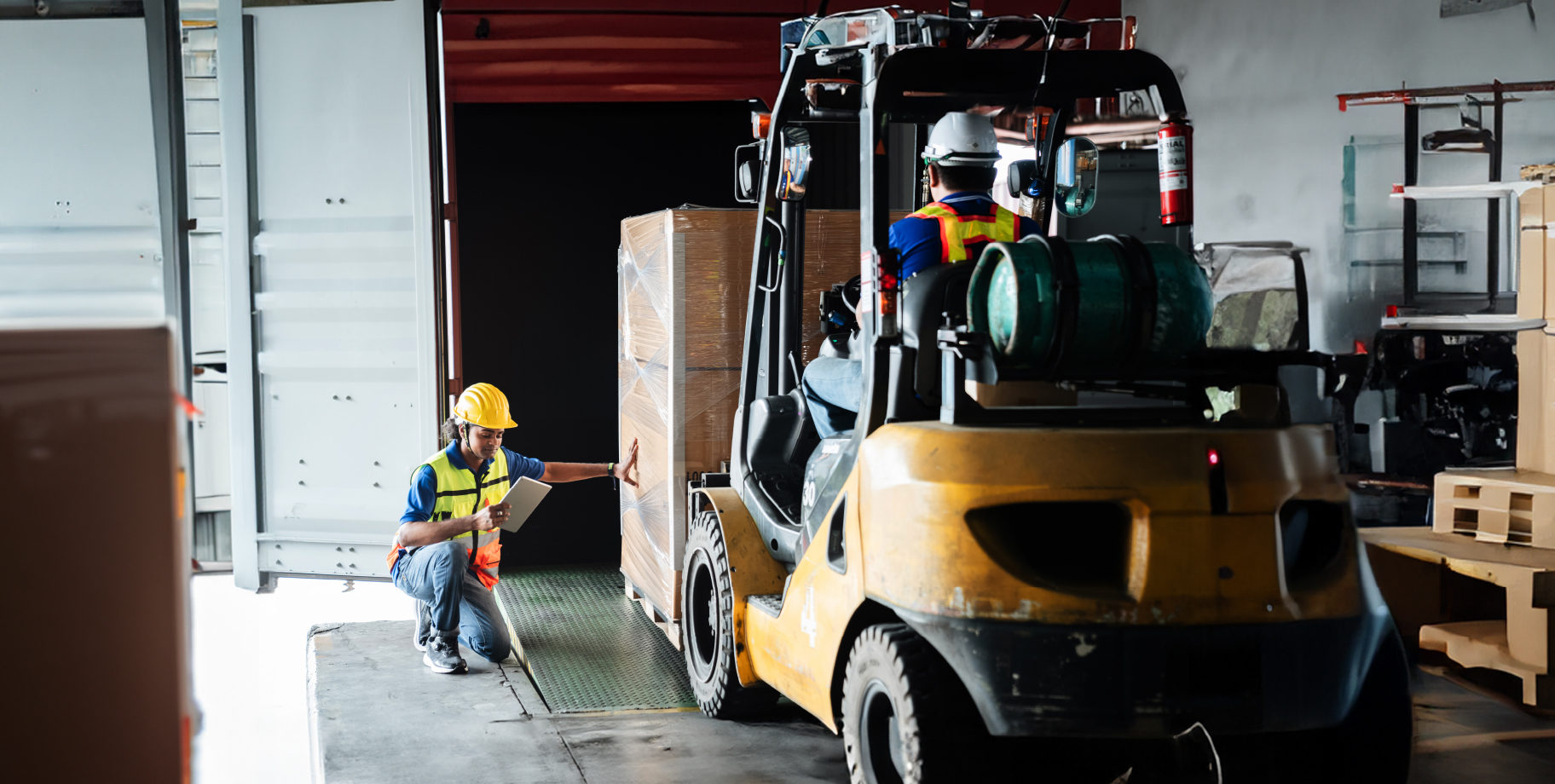Bonded Warehouse Value Beyond the Tariff Surge
May 19, 2025
Bonded Warehouse Value Beyond the Tariff Surge
In my previous post, we broke down four key ways bonded warehousing helps importers manage tariff exposure—especially during times of trade tension and rising duties. But what happens when those pressures start to ease?
With recent U.S.-China tariff adjustments, some shippers may be tempted to pull back from bonded strategies. That would be a mistake.
Even as tariffs cool, the bonded warehouse remains one of the most versatile and underutilized tools in a resilient importer’s playbook.
Strategic Value in a Stabilizing Trade Environment
Yes, customs bonded warehouses are a lifeline during tariff surges. But they offer benefits far beyond duty deferral. In today’s post-tariff-peak environment, their greatest value lies in adaptability and control.
Bonded warehouses allow importers to:
- Delay customs clearance until the optimal time
- Defer duty payments to align with inventory turnover or sales cycles
- Hold goods during congestion at inland DCs or in times of port disruption
- Reroute or re-export cargo without incurring U.S. duties
- Stage goods for final-mile flexibility near coastal ports
These capabilities are essential as shippers face new challenges—like volume surges, drayage capacity constraints and rising warehousing costs.
Meeting Supply Chain Challenges Head-On
As highlighted in our recent analysis, drayage demand will be surging at ports like Los Angeles and Savannah as import volumes rebound. With that volume comes tighter space, longer waits and higher rates.
A bonded warehouse near these high-volume ports can help importers:
- Avoid detention and demurrage fees
- Split containers and reallocate freight as demand shifts
- Buy time to make smarter decisions about when, where and how goods enter the market
In short, bonded storage gives you time and optionality—two things in short supply in today’s unpredictable supply chain environment.
From Tariff Reaction to Supply Chain Foundation
In the past, bonded warehouse usage was often reactive: a way to dodge tariffs or park freight in an emergency. Now, shippers are taking a more proactive approach, building bonded storage into their long-term supply chain design.
Think of it as a pressure release valve—an intentional buffer that gives your team space to adjust when global dynamics shift. Whether you’re managing demand volatility, dealing with seasonal surges or keeping multiple port entries open, bonded warehousing is a strategic lever that smooths out disruption.
NTG’s Role in Driving Long-Term Value
At NTG, we’ve helped hundreds of importers rethink how they use bonded warehouse space. Our difference lies in how we integrate bonded storage with adjacent services, including:
- Port drayage and transloading
- Multi-port storage and distribution
- Customs coordination and clearance timing
- Re-export support and inland delivery
Whether you’re trying to delay duty, reduce landed cost or simply regain control over where your product lands and when—it starts with having the right space and the right partner.
The Bottom Line
Tariffs may rise and fall, but supply chain uncertainty is here to stay. Bonded warehousing gives importers the flexibility to respond to change—without committing to duty or delivery before it’s time.
NTG helps shippers design bonded strategies that align with their business—not just today’s conditions. Whether you’re navigating port congestion, uncertain lead times or shifting demand, we’re here to help you stay ahead.
Looking to optimize your bonded warehouse strategy?
Recent Posts

Stay in the Know: Carrier Trends & Market Updates

Q4 2025 Transportation Outlook


